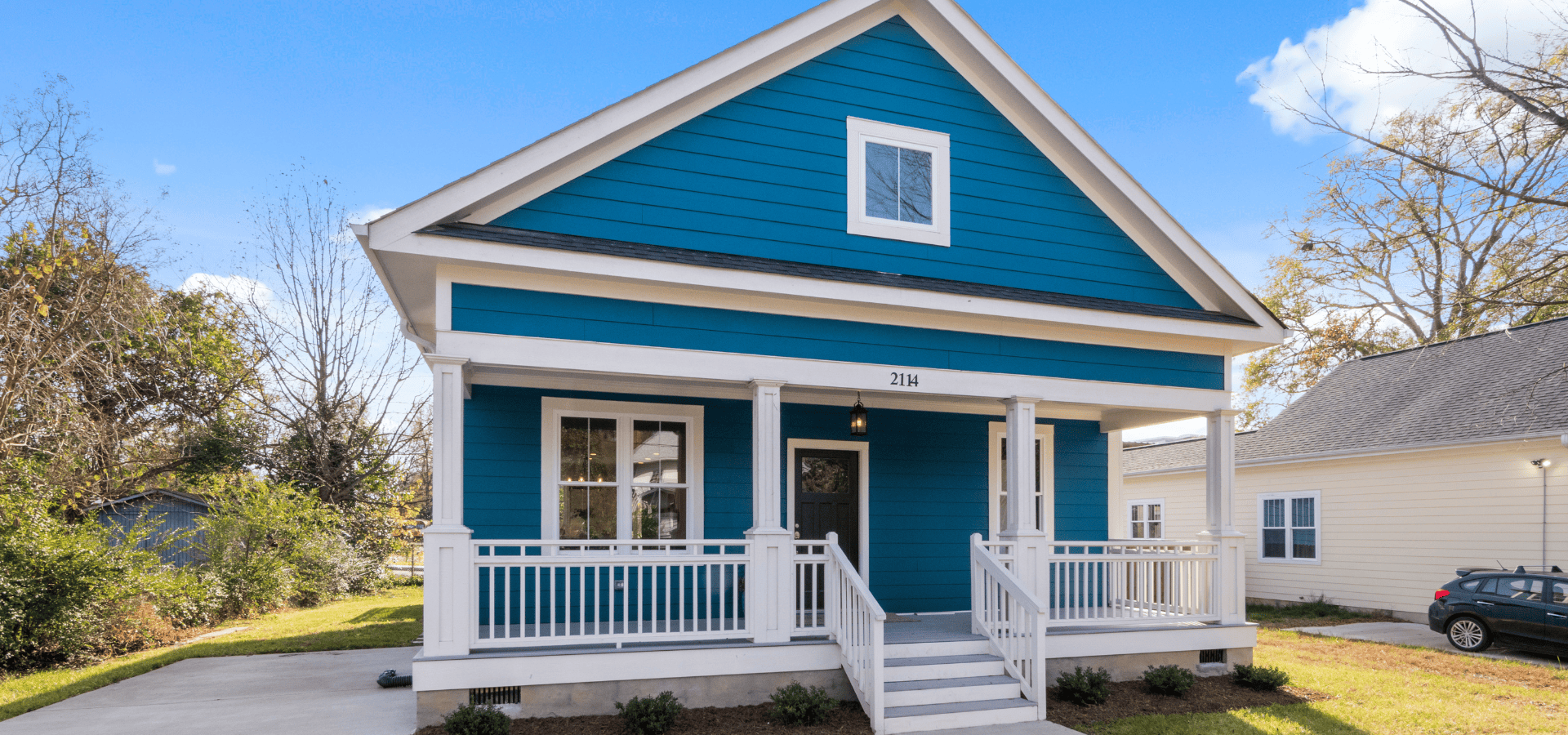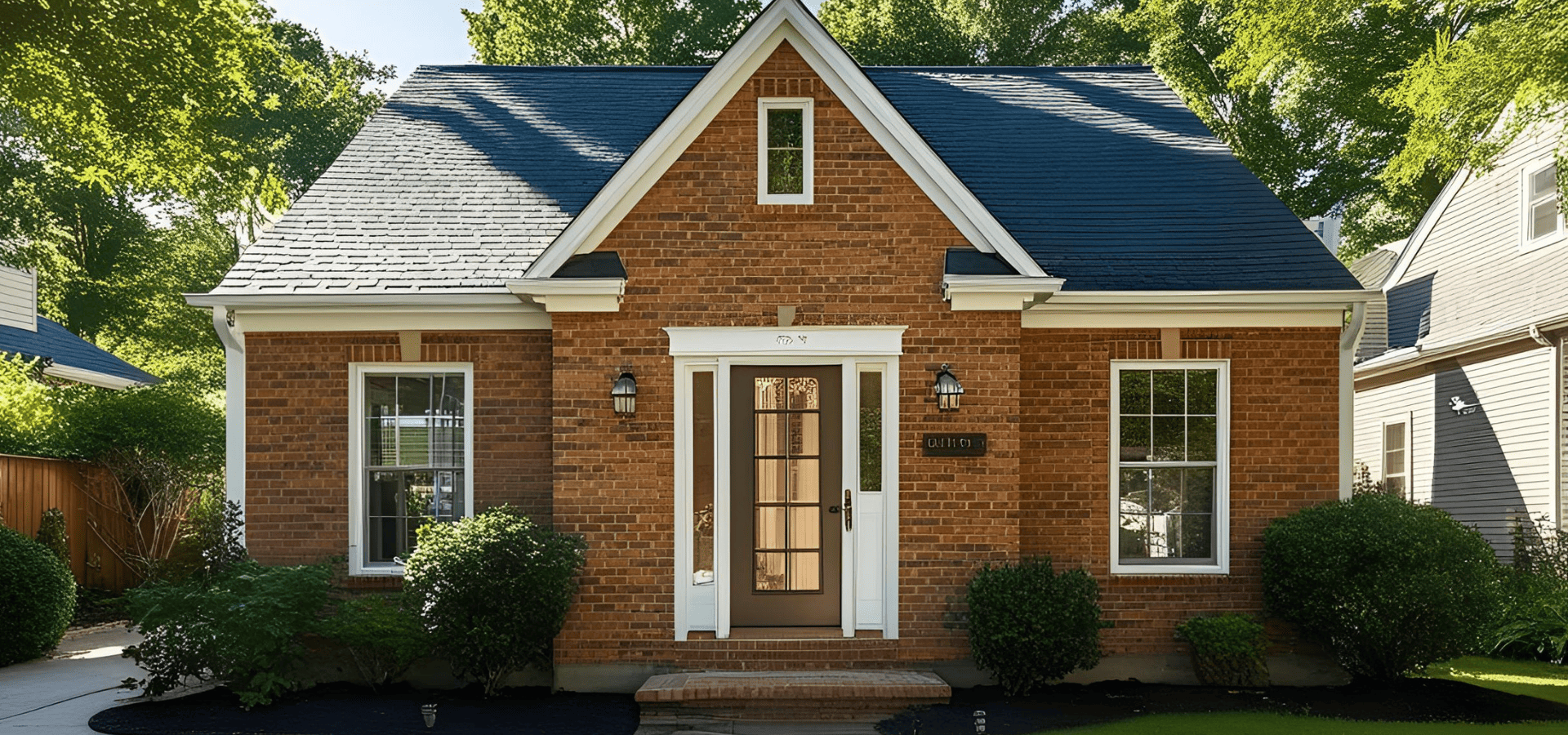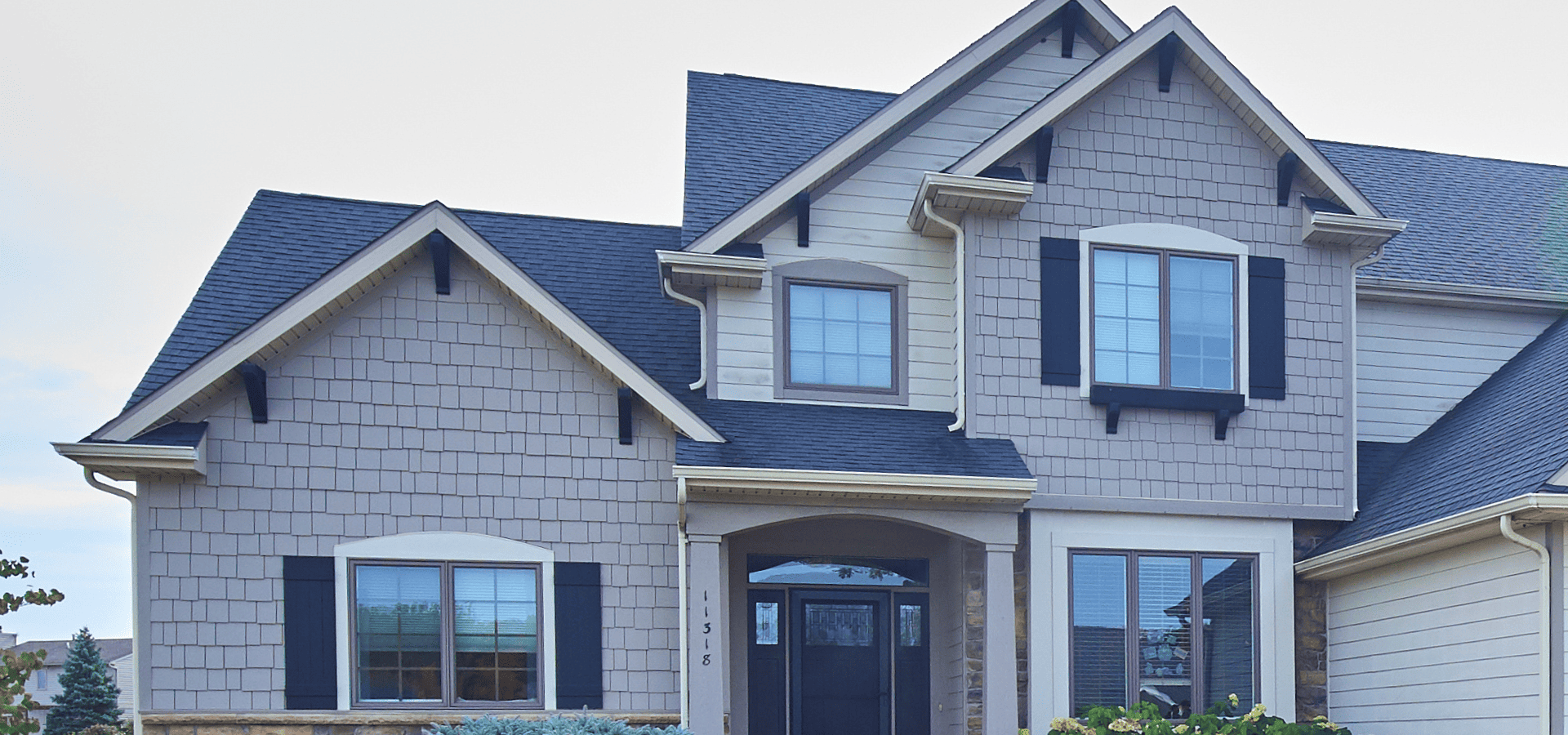What Are The Different Siding Colors And Styles?
There’s a lot to consider when it comes to choosing the right look for your house. Whether it's a partial replacement or a full-on installation around the house, either way, you're getting new exterior siding for your home, which means you need to decide on the siding colors and styles.
It may feel overwhelming narrowing color choices down to the perfect hue. Some colors are more popular in different regions. But other colors are popular no matter where you live.
Siding choices make a big impact on your home’s curb appeal. So, it’s important to get it right. Color choices can make a bold statement. But they can also make a classic architectural style even more classic. Keep reading to discover more options to complement your house style.

Homeowners Association Guidelines
Some neighborhoods have Homeowners Associations. They dictate a color range for all neighboring houses. For example, some HOAs specify that house colors must fall into a “natural theme”. That’s why paint manufacturers have a feature to help you browse paint colors. Choose your city and state. Then see if your neighborhood registered for color guidelines.
Applying the paint color guidelines to exterior siding colors and styles keeps you safe with your HOA. But it also offers great color choices, so you can’t go wrong. Rather than thinking of it as limiting your choices, try to keep an open mind.
The HOA has all your property values in mind. They want a cohesive look that raises curb appeal. And that makes the neighborhood a place where everyone wants to live.
How To Pick Siding Colors and Styles
Here are some tips for helping you narrow down the siding choice for your house. Local siding professionals like Dallas Siding Pros have color and style samples. Take some home to see how they look on your home’s exterior.
- Consider your home’s architectural style. Softer pastels work well on Victorian homes at the coast. But they don’t fit well on ranch-style houses.
- Look at existing materials. If your house has a brick accent, coordinate the colors for a complementary scheme. Or say you’ve installed copper lanterns on the front porch. Choose a siding color that accents existing focal points instead of competing.
- Check out the neighborhood. Even if you don’t have an HOA to follow. Think about how you want to fit in with or stand out from your neighbors.
- Drive around. Take photos of houses that you like. Looking at a grouping of your favorites may point out colors that you’re drawn to. It also helps you recognize what you don’t like. And that’s just as important in decision making.
- Look up. Just as the other existing materials around your home make a difference. Don’t forget to include your roof in the discussion. Roof color gives you a good basis to build from. You might pick up blue tints on a darker roof. Or what about warm tints from a lighter roof?
- Think about resale. Even if you’re planning to stay in your home for 20 more years, it’s still good to think about its value. Is your color choice adding to resale value? Or is it so specific to your tastes that it doesn’t appeal to potential buyers? Thinking like a future buyer helps inform a current buying decision.

Siding Styles
Siding comes in many styles from wood finishes to smooth vinyl. Look for embossed panels that remind you of tree bark. Or shaker style siding to mimic a cedar shingled look.
Here are a few styles to choose from.
- Brick
- Natural stone or stone veneer
- Fiber cement siding
- Vinyl siding and insulated vinyl
- Metal or wood
- Stucco
- Board and batten
Within those styles, select a finish that makes the most sense for your house. There is traditional lap siding in horizontal panels. You might also hear it called clapboard siding. Or there’s vertical siding, which is often called board and batten or shiplap styles.
Shingle and shake siding come in wood, fiber board, and even vinyl options. They give a rustic appearance to your house.
Of course, each of these options come in different colors or finishes. Vinyl comes in wood grain or smooth styles. It also comes in Dutch lap horizontal panels with a beveled edge. There are many style options, even including a beaded seam style. If you can imagine it, there’s likely a siding choice available on today’s market.
Lighter Siding Colors and Styles
Vinyl siding in lighter colors lasts longer without fading than some of the darker choices. That’s because they reflect sunlight instead of absorbing it. They’ll also keep your interior a little cooler during summer’s heat. But those aren’t the only reasons to choose lighter siding colors and styles.
Creamy White
For a soft, neutral style you can’t beat creamy whites. They look clean and classic. Plus white tones pair well with just about any accent color you add to it. Combine it with natural wood tones for a contemporary look. Or add black shutters for a classic style.
White is one of the popular house color choices. That’s partly because white tones are easy to maintain. They show less dirt than darker colors. So your house keeps its clean and crisp exterior for longer.
Light Gray
Gray siding comes in many shades from neutral granite to almost black. Lighter grays work with many architectural styles. Homeowners appreciate gray's neutral tone as a great alternative to choosing tan or cream. It’s got a subtle contrast, so it’s less stark than white siding to its accent colors. That contrast lets you go bolder with door and shutter colors.
Natural Clay Tones
If you like white houses, but want a slightly darker shade, consider natural clay tones. It’s a classic off-white with cooler hues than tan. It’s almost a gray-tan color, which makes it versatile for creating a style you’ll love.
Natural clay with white accents is a traditional siding color combo. But it looks just as sleek paired with a black door and planter boxes. Clay colors combine the warmth of earth tones with the clean look of brightness.
Beachy Blues
Pale blues remind us of coastal holidays. And they make excellent siding colors and styles. Mix a pale blue with a wood textured siding for an inviting look. Cool tones give peaceful feelings. So, you can enjoy light blue with gray trim for a welcoming home style.

Darker Siding Choices
Charcoal Gray
Charcoal or darker Gray tones add a sleek, contemporary look to your house. It’s neutral without going white. The rich, deep tone can look ultra-modern or timeless. It depends on accent colors you choose. Add siding accents in wood tones for modern warmth. Or pair charcoal gray with black tones for a monochrome scheme.
Black Siding
Black siding options are popular choices for a minimalist appeal. It looks sleek and modern. But it does have a drawback in hot weather. Black retains heat, so it could make cooling your home in the summer a little harder. But it’s perfect during winter since it soaks up the sun’s rays. This dark color also fades faster than lighter tones. So, even though black siding adds a sleekness, it pays to be aware of the drawbacks too.
Navy Blue
Darker blue siding choices are more reminiscent of nature’s colors than paler blues. They remind us of the dark sky just before sunset. Or the ocean’s deepest tones. Navy blue siding colors look polished. They have a crisp look when paired with white trim.
Brown Tones
There’s virtually no limit when it comes to brown siding color tones. They range from beige to deep browns. This classic exterior home color is always in style since it mimics nature. Pair browns with natural stone siding for a warm and inviting home design. Deep brown hues work well with creamy whites and natural tans for an earthy vibe.
Natural Earth Tones
Choose natural earthy colors for a harmonious design. Think about browns, tans, greens, and beige tones. We’re not talking boring beige here. These are the soothing tones of a hillside or forest. Imagine the sun shining near your favorite lake. These siding colors are the same ones surrounding nature.
Earth tones make a warm color palette. They feel inviting and homey. But they also give your house an elegant touch. There are so many siding options in this palette. Choose an embossed siding that reminds you of a tree’s bark. Or select a smoother design to mimic lakeside stones.
Natural hues never go out of style, since they complement their surroundings. Their hues pull from bricks and natural stone home accents. So, no matter what finishes you already have, there are natural siding colors and styles to complement them.
Rustic Red Colors
Warm reds and yellow tones create a welcoming feeling. They’re ideal when combined with brick or stone accents. These tones work great with farm style architecture. They also shine on Tuscan or Dutch Colonial style houses.
Warm tones let you take a small risk without going out on a limb. Choose a rustic red for a nostalgic look. We’re not talking about fire engine red or sunshine yellow. Instead, aim for hues with a touch of brown or rust. That brings the tone down to focus on warmth that invites you in.
Whichever siding colors and styles you choose depend on your personal style. Your home’s architecture and neighborhood also play into the equation. New siding is exciting, especially with so many options to choose from.
You might also like



SPEAK TO A TEAM MEMBER TODAY
Our Service Area
Dallas
Forth Worth
Arlington
Richardson
Plano
Irving
Garland
Rowlett
McKinney
Mesquite
Allen
DeSoto
